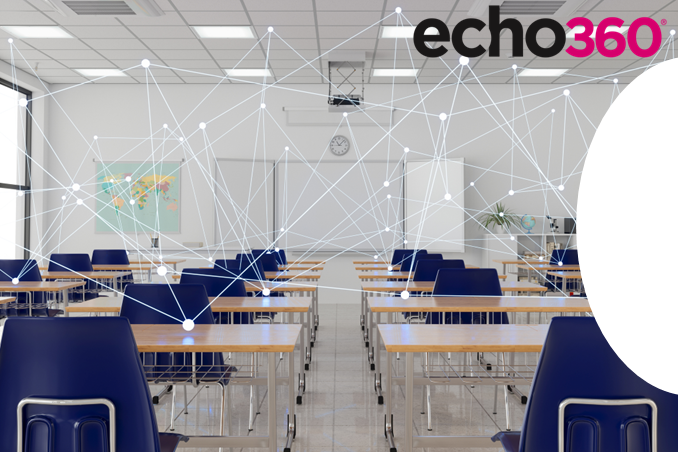360° Immersive Video – Just Like Being There
Google’s Street View celebrates its 18-year anniversary this year. It was launched in 2007 when Larry Page had the idea to capture a 360° view of the world. Is there anyone who wasn’t intrigued by Street View when it was released? Didn’t we all search up a few familiar addresses to take a 360° virtual video tour through our childhood haunts, or visit a famous landmark or two?

How to make 360° video the best it can be
Education has been dabbling with editing 360° video for some time, in some pockets more than others, and we believe it’s now an expected component for supporting learning. Because 360° video is recorded in all directions, learners can watch it from whatever perspective they’d like. These videos are easy to navigate by dragging the video up, down, or to either side, and they provide an immersive feeling that is not present in fixed-frame video.
For a long time educators have struggled with the question of ‘how to offer a real-life experience to learners who are prevented from actually having that experience’. There can be many things that restrict a learner from being able to participate – an illness or disability, limitations around travel and distance, or maybe there are safety concerns with exposing learners to dangerous environments too early in their studies.
Why use 360° video in training?
No matter the reason, 360° video editing – with its affordances of engagement, active participation, and immersion – offers the next best thing; it allows educators to create content that learners can truly explore and ‘experience’, without discrimination or danger.
When discussing the advantages of 360° immersive video with Martin Hill, Learning and Teaching Technologist at Murdoch University in Perth, Western Australia, he commented:
“360° video allows students the opportunity to experience remarkably immersive video walk-/fly-throughs, being completely surrounded by video recordings of environments that one would normally only see through a keyhole. 360° video enables students to experience environments and scenarios that are so realistic and immersive that the old truism of being ‘the closest thing to actually being there’ is that much closer to reality.”


What is 360° video’s educational value?
Our customers are using 360° video on their campuses in a wide range of use cases across all subject areas, such as:
- Recording and playback of protein folding mechanisms and results in virtual space
- An immersive tour of a large-scale bio-security facility
- Medical professionals and their patient care in an emergency ward
- Archaeological digs and artifacts at historical sites
- Mechanical engineering assessments
- On-site health and safety evaluations
Expanding the 360° video landscape
Immersive video experiences are now such a normal part of our lives that they’ll soon be added to the list of things students leaving high school have never lived without. Real estate agents link to Google’s Street View to show a 360°, immersive video tour of a house before you even go there, and more and more companies are using Street View Inside to showcase their business, particularly in the hospitality industry, to attract clientele.


Get a demo
Instructors, administrators, and learners everywhere can now experience the most comprehensive suite of learning engagement, assessment, and authoring solutions.
Let’s talk more to find the right solution for you.



Leading educational institutions are inspiring learning with Echo360.

















